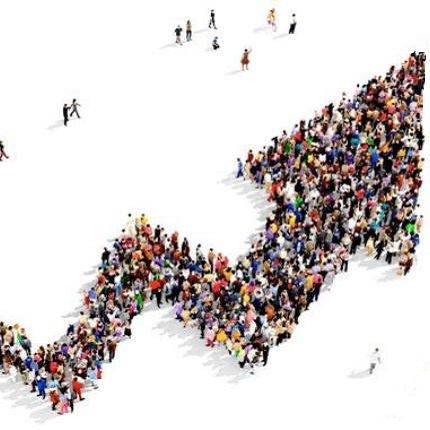 We’re number eight — but rising fast.
We’re number eight — but rising fast.
New numbers released by the U.S. Census Bureau show the Miami-Dade/Broward/Palm Beach metropolitan area is now the eighth-most populated in the nation, recently surpassing six million people for the first time.
The three counties have shown rapid and sustained growth over the past half decade. Just under 500,000 new residents have been seduced by the golf courses of the Palm Beaches, the towering condos and waterfronts of Broward and the bristling and colorful street life of Miami-Dade’s Little Havana and Miami Beach.

Broward County led the growth spurt with an 8.5 percent rise the past five years and now has a population of just under 1.9 million. Miami-Dade County — the most populous county in Florida — and Palm Beach County each grew at 7.8 percent to 2.69 million and 1.42 million, respectively.
So just what makes South Florida such an attractive destination? Is it the weather, the beaches and golf courses, sharks on a train or catatonic iguanas?
Miami-Dade County Mayor Carlos Gimenez said several factors play into the region’s growth.
“Vibrant cultures, technology jobs that don’t require someone to work where they live, even the state’s friendlier tax environment. There’s no state income tax. All of that has to do with it,” said the mayor. “We’re not without our problems, but all other large metro areas have problems.”
The census data shows that over the past five years the vast majority of new residents to the tri-county region — about 65 percent or more than 335,000 people — have come from other countries. Only 2,659 more people from within the U.S. have moved to Palm Beach, Broward and Miami-Dade counties the past five years, than have left.
“People are drawn here because it’s international. We speak their language. We speak lots of languages,” said Gimenez.

Ying Wang, who researches demographics for the Bureau of Economic and Business Research at the University of Florida, said most of the state’s new immigrants are Cubans and Canadians who feel comfortable in the environment and like the proximity of South Florida to their native lands.
She said 25 percent of all new immigrants to Florida move to Miami-Dade, 12 percent move to Broward and another 8 percent to Palm Beach.
“We have a good environment for them. Their friends and family are here. We have good food, policies and a good work environment,” Wang said.
Florida International University’s Metropolitan Center broke the numbers down even further: 79,357 Cubans moved to the tri-county region in the five years from 2010 through 2014. So did 22,173 Haitians, 15,897 Colombians, 13,583 Jamaicans and 9,644 Venezuelans.
Statewide, The Villages, a golf-saturated Central Florida retirement community of 119,000 northwest of Orlando is the nation’s fastest growing metro area — for the third year in a row. The Census Bureau said it grew by 4.3 percent between July 2014 and July 2015. The census showed that 99 percent of newcomers to The Villages came from within the U.S. Two other Florida regions fit into the top 10 fastest growing cities in the U.S. the past decade: The Cape Coral/Fort Myers region with a growth rate of 3.3 percent and Punta Gorda at 2.8 percent.
Source: Miami Herald

